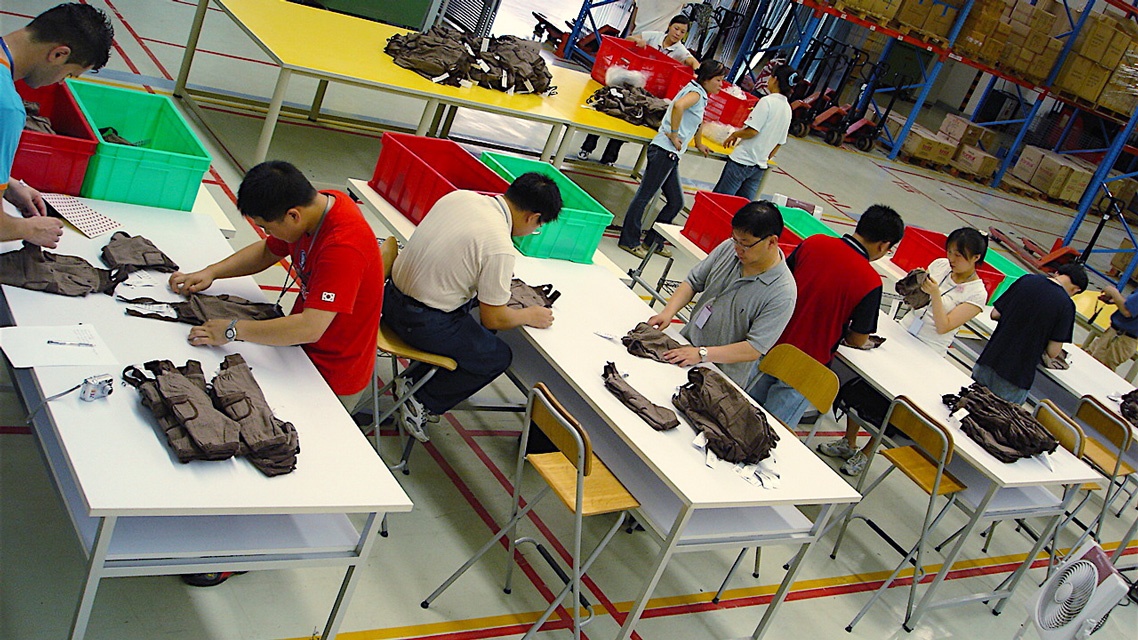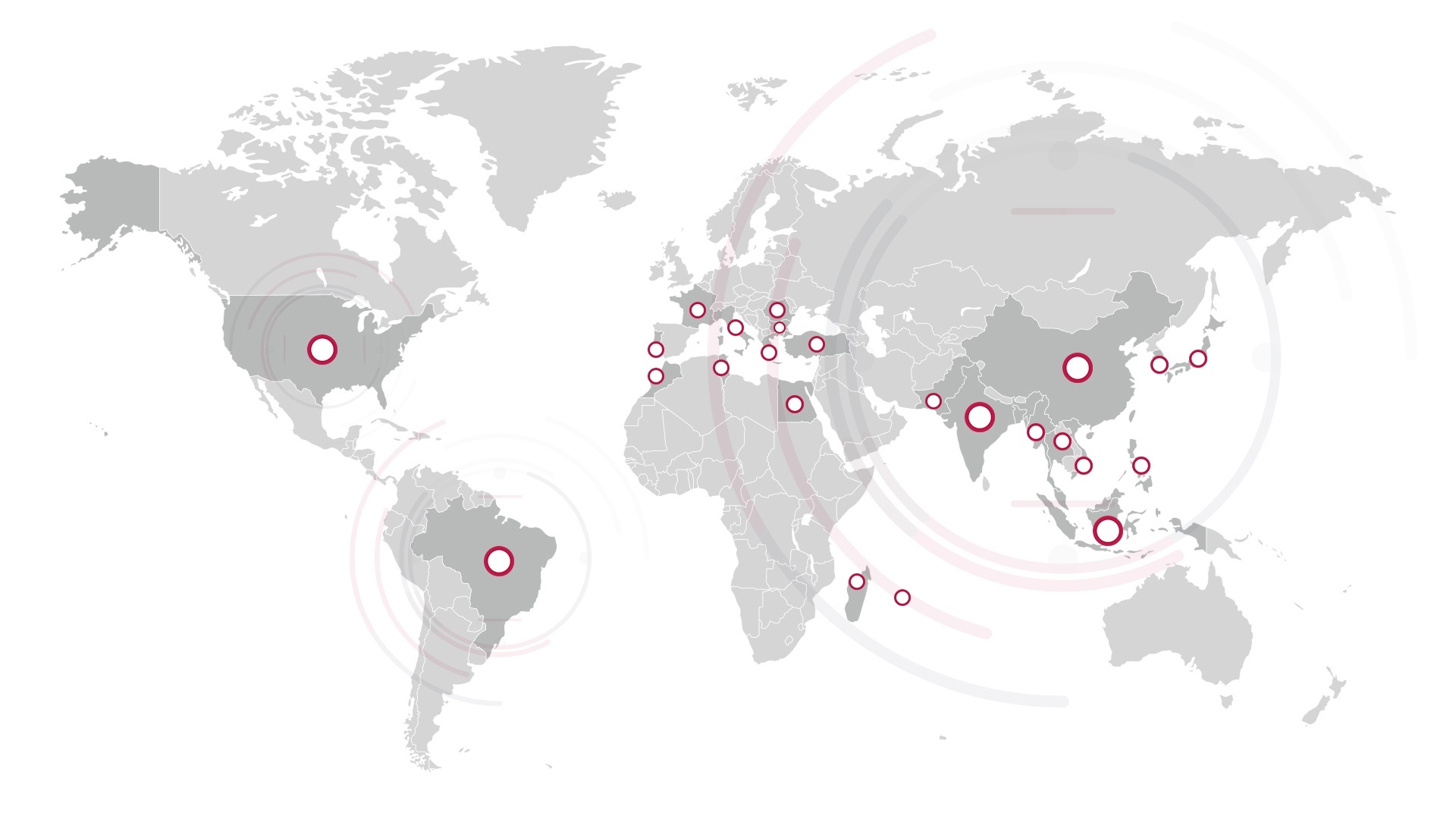In the apparel industry, your brand image is extremely important. Today’s consumer is very impressionable so in order for individuals to meet society’s standards, they’ll associate themselves with a brand. Your brand image allows you to engage, enlighten and educate your customers about your products, allowing them to create an association with your product, knowing exactly what to expect.
It takes years to build up a successful, valuable brand image and unfortunately, it can be damaged in an instant by one wrong move. For example, having to recall a batch of your products due to visual defects and inadequate quality will have devastating effects on your brand. In 2009, Under Armour had to recall about 211,000 Athletic Cups sports gear due to 5 reports of cups breaking causing injuries, cuts, and bruises. You don’t want your brand to be known for something like that! With effective textile quality management systems, this can easily be avoided, but only if it’s done correctly.
This blog will explore how poor QMS damages your brand and what to do about it:
Why QMS is Important

QMS is particularly important in the garment industry due to the complex supply chain in which garments are produced and sourced by buyers and retailers at incredibly high speeds, making the risk for error higher. Producing optimum quality is also crucial because consumers are becoming more quality conscious and won’t buy a product that has visible defects or one that is of poor quality. In addition to this, as you would know, buyers and retailers aren’t interested in garments that don’t meet their quality standards.
Quality management systems, whether done by internal inspectors or consultants are necessary throughout the entire operation from the stage of sourcing raw materials to the stage of the finished product. That way, unnecessary problems that pose a risk to your brand’s image will be avoided.
How Poor QMS Damages Your Brand
Having an average textile quality management system in your business will hurt your brand by causing the following:
- Need for extra manpower to check and repair goods with defects
- A high rate of alteration and rejection of apparel
- Risk of product recall
- Lack of continuous improvement
- Delay in production processes
- Delay in shipping
- Decreased customer satisfaction
- Need for longer working hours
- Disengaged and discouraged workforce
- Decrease in productivity
- Lack of document control and management systems
- Overall increase in production costs
- Loss of customers and brand value
Ultimately, the cost of not having quality management systems is exponentially higher than the cost of implementing an efficient and lasting system. In addition to the extra costs, the damage to your brand will be far more harmful to your business as it will hinder your future business operations and opportunities.
What To Do About It
What many managers may not realize, is that inadequate quality lies at the root of all product setbacks and it can easily be avoided! Quality systems allow for any problems with products to be identified early on in the production stage. This, however, can only happen if quality control happens at every stage of production. There are 8 key principles on which quality management systems work:
- Customer focus
- Strong leadership
- Involvement of people
- Process approach
- System approach
- Continuous improvement
- Decision making based on facts
- Creating value for the company, its clients and its suppliers.
In addition to following these principles, the quality control team should constantly be checking every aspect of production which may differ depending on the supply chain. The raw material’s patterns, color, quality, fabric etc. should be checked and confirmed before they move to the next phase. The sewing and stitching process should then be inspected before the product moves on to the washing and finishing phase. Before, during and after inspections need to be conducted as well as packing and final inspections.
This way, brands are able to avoid any damage that low-quality products may inflict on their image. Quality management systems are needed for brands who want to grow in size and market share as well as to remain economically relevant in the future. Your brand is your unique promise of value to your customers, and there’s no need to suffer negative consequences, all because of poor quality.
Do you have any questions regarding quality management systems in the apparel industry? Leave a comment below, we’ll happily assist!


.jpg)


